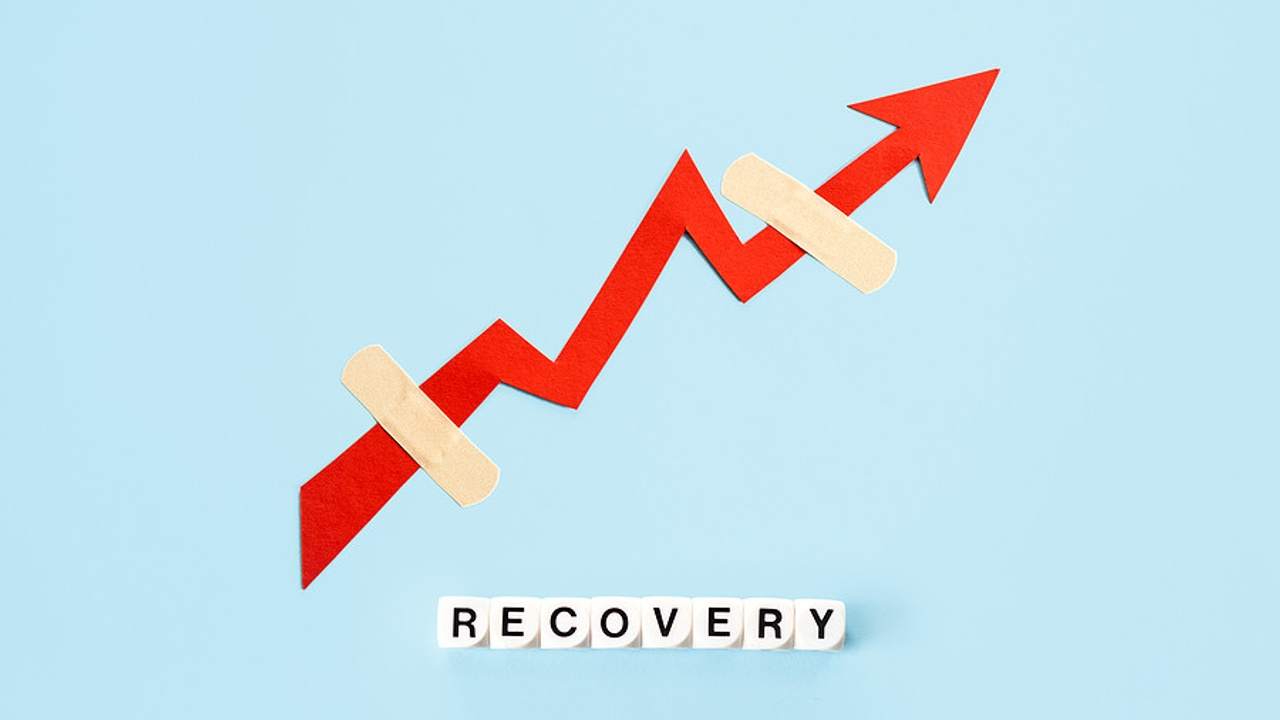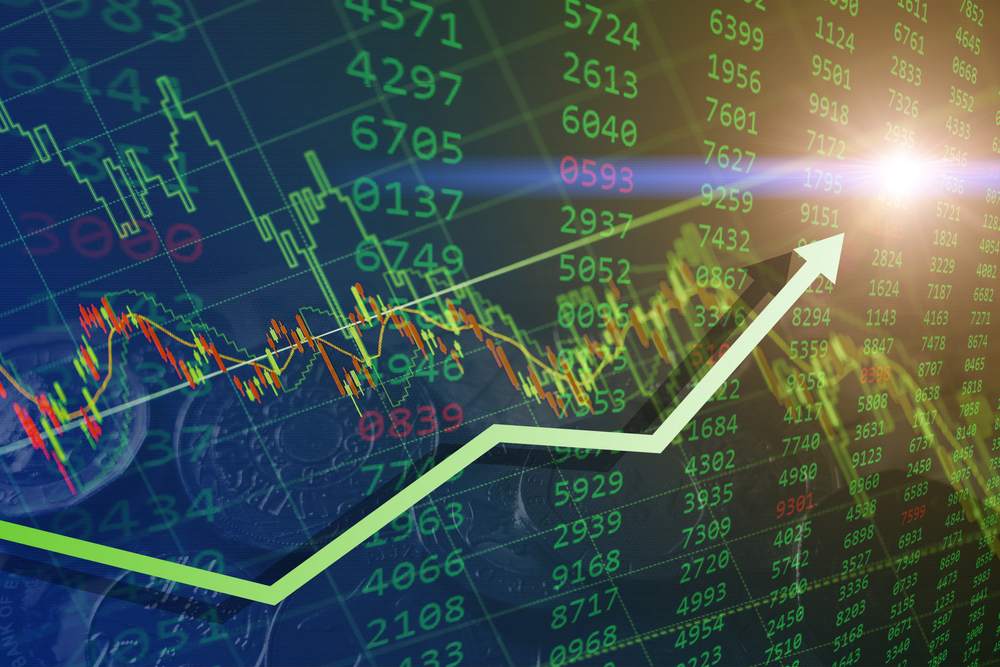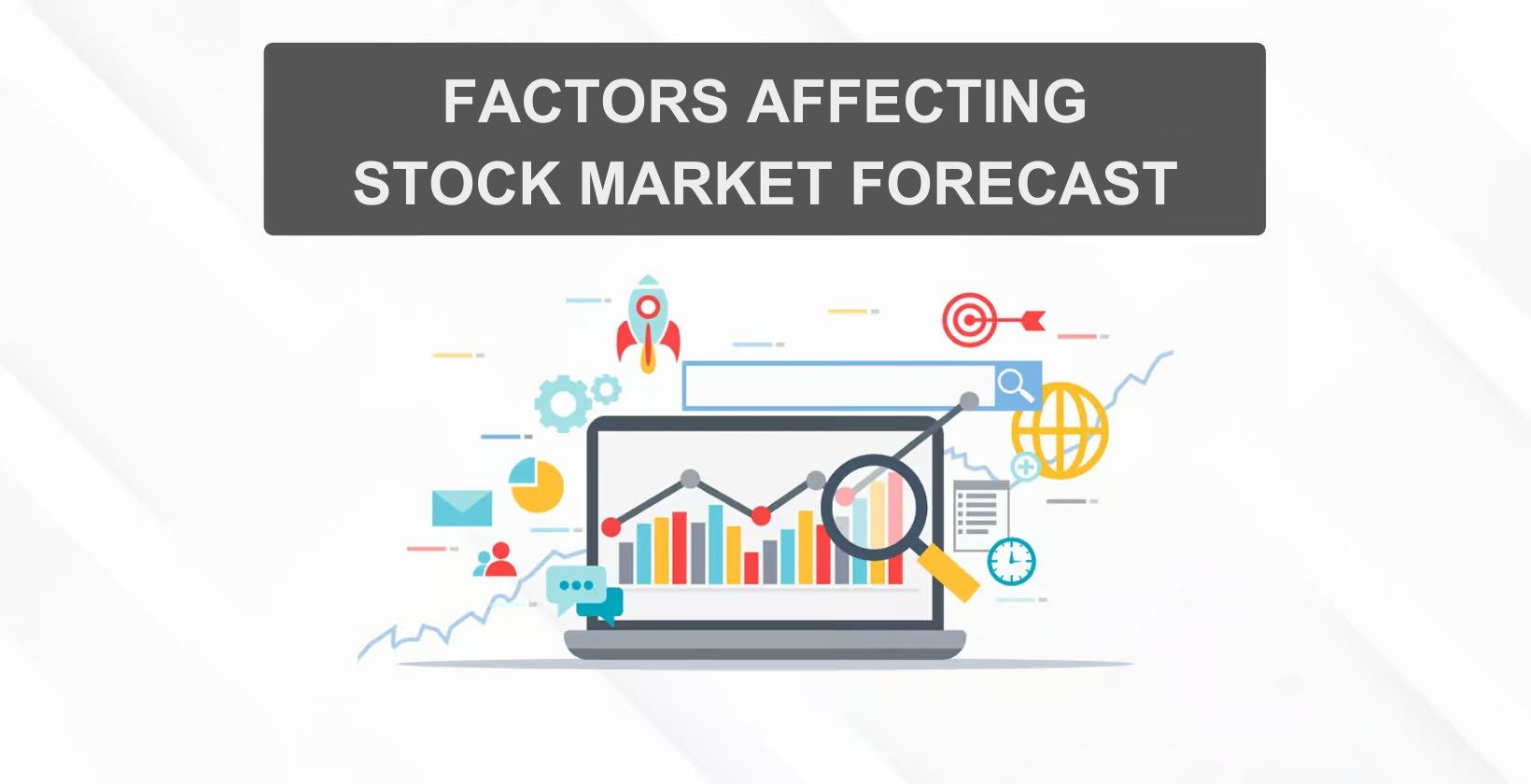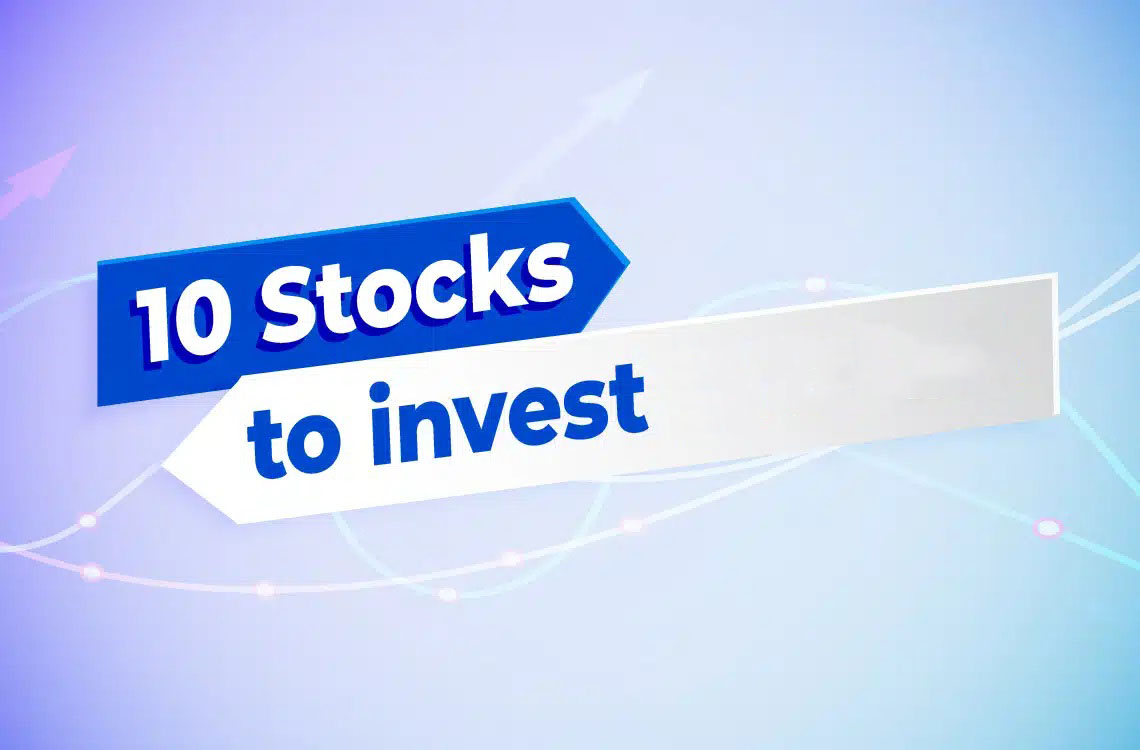How long does a stock market recovery take? This question echoes in the minds of investors as they ride the waves of financial highs and lows. But here’s the deal: the answer isn’t set in stone. I’ve navigated market tumults and watched the ebb and flow of stocks as they claw back from the depths. You want timelines that lead to prosperity, right? Well, understanding the patterns of past recoveries can light the path.
Consider this your navigation chart through storm-tossed markets. We’ll dive deep into historical data, revealing periods that hint at how quickly your investment ship might reach calm waters. Plus, I’ll unravel how economic rebounds intertwine with market comebacks. Let’s decode the market’s mysteries and chart your course to where the treasure lies—investment growth.
Understanding the Trajectory of Market Recoveries
Historical Market Recovery Periods
How quick can a stock market rebound? Most times, it takes months to years. Sometimes a stock market crash fixes itself fast. We call this a V-shaped recovery. Other times, it’s slower, like a U. Some rare cases look like an L, which means it takes many years. History shows us each market bounce-back is unique. We look back to see patterns. The S&P 500 and Dow Jones have bounced back in different times before.
We first find out the stock market crash recovery length. We can dig into past data for this. It shows averages and extremes. The average time for a market correction changes. But most shake-offs take from a few months up to two years. Major crashes like 2008 take longer. This research helps us plan our investing during market recovery.
Recession Recovery and Economic Recovery Timelines
Now, let’s talk about recession recovery. It’s more than just stock numbers. It’s about jobs, spending, and growth too. Economic recovery timelines are about getting back to normal. Or even doing better than before! It can take a few months to get going. Then, years to reach the top again. The bear to bull market transition also fits here. Investors start to see hope and buy again. That’s a sign we’re on our way up.
Recessions hit our pockets hard. Jobs may be lost, and companies might earn less. So, we keep a close watch on the signs. When jobs pick up and companies grow, that’s good news. It means our stock portfolio recovery could do well soon. But remember, economic recovery is a slow dance, not a fast race.
Bull market signals are another piece. They tell us when stocks might start to soar again. Sometimes, these signs come from odd places. We can look at how many people are buying homes or cars. More buys mean more confidence. And that’s a good spirit for a bull market run.
We keep track of how things move. This way, we can guess how long it might take for Wall Street’s recovery post-recession. Financial markets bounce back in steps. We watch each one to see if our investment strategies post-crash are on point. Stocks often lead the way out of a slump. So, the financial market’s bounce back gives hope for everything else.
Each downturn and recovery phase teaches us new things. By seeing what happened before, we can make smarter moves next time. We can also share insights on what might happen next. This keeps us ready for what might come. We look for bull market signals and tell people when it might be good to jump back in.
Knowing the stock market rebound duration is key. It guides us to make wise choices in uncertain times. By learning about the average time for market corrections and economic recovery timelines, we can stand firm during market storms. We can also grab opportunities for long-term growth. Remember, each market turn is a chance to learn and grow our investments.
Navigating Post-Crash Markets: Effective Investment Strategies
Investing During Market Recovery
When stocks fall hard, folks often ask, “How long will it take to bounce back?” No one knows for sure, but we can think about history to make good guesses. Usually, a stock market rebound takes a few months to a couple of years. The big goal is to invest smart during this time.
The stock market rebound duration changes every time, but we’ve seen patterns. If a market drops fast, like in 2020, it might jump back quick too. This quick rebound is like a V-shape. But if it’s more like a slow grind down and up, we call that a U-shape.
When the economy starts to pick up speed, sometimes markets do too. This is the bull market’s start, replacing the bear market, where prices were falling. Bear to bull market transition means prices are on the up again. Knowing these signs can help you decide when to put your money in.
Bull Market Signals and Bear to Bull Market Transition
A bull market is a chance to grow your money as stock prices go up. Some signs tell us a bull market might be coming. These include good job reports, companies making more money, and stuff like that. They make people feel happy about where things are going.
Bear markets turn to bull when the bad stuff starts to clear up. We look at things like S&P 500 recovery rate and how fast the Dow Jones and Nasdaq are climbing. This helps us guess how quick a full recovery might come.
Remember, the average time for a market correction can vary. So can how your own stock portfolio will recover. Each sector bounces back a bit different. Tech might zoom up fast. At the same time, more steady things like utilities take longer. That’s part of equity market cycles that go up and down over time.
So what do you do with all this info? You use it to pick where to put your money during a market recovery. When you see bull market signals, it might be time to act. But don’t just follow the crowd. Check out info on how long past recoveries took. This helps you think about what might happen next.
In the end, knowing your investment strategies post-crash is key. It sets you up to make the most out of any market downturn and recovery phases. It’s not just about getting back lost value, but also maybe finding new chances.
To keep your money safe and growing, stay alert to signs of change. Watch for those bull market signals. And keep learning about investing during market recovery. It’s part guide, part guess, but it’s all about making smart choices with your money.
Measuring the Pulse of Financial Markets Post-Downturn
Factors Influencing Stock Market Comebacks
How fast can stocks bounce back after a crash? It often varies. Some comebacks are quick; others are slow. Let’s dig deeper.
We see market crashes. We feel our hearts sink. Yet, history shows, markets climb back up. Stick with me here. I’m your guide on this up-and-down ride of stocks. Now, imagine a big dip on a roller coaster—that’s like a market crash. But after that comes the climb, the rebound. How long it takes depends on many things.
First, what caused the drop matters—a big event or just fears and doubts? Then, there’s the economy’s health—how’s it doing overall? Are people spending money? Are businesses strong or hurting? We look at all this to gauge the recovery time.
Investors play a key role too. They’re like the crowd at a game. If they cheer (buy stocks), things go up. But if they boo (sell stocks), the mood, and the market, can drop. They watch for signs of a healthier market. These signs could be more jobs or just a gut feeling that things are getting better.
Investor Sentiment and Market Volatility
You know that feeling of excitement or fear? That’s sentiment. It’s how investors feel, and it can make markets swing high or low. When people are scared, they sell. This makes prices drop. But when they’re hopeful or pumped, they buy, pushing prices up.
Big waves in the market are volatility. Picture the sea. Calm waters mean less change in stock prices. Stormy seas? You’ve got big jumps and drops in prices.
Here’s where it gets real. When the market takes a dive, some get scared, some see a chance to buy for less. As we watch the market, we might think, “Is this the bottom? Should I jump in now?” This is tricky. We want to catch the rebound but dodge another drop.
So, how do we ride these waves? Smart choices. If we understand why markets crash and bounce back, we can make better decisions. We look at things like how soon factories are making stuff again. Are people going back to work? These clues help us see a rebound coming.
By studying past crashes and recoveries, we’ve learned a bunch. Some rebounds happen fast, like in months. We call that a V-shaped recovery—it dips, then soars. If it’s a slow climb back, that could be a U-shaped recovery—down, then a flat mood, then up. A W-shape? That’s up and down and up again, like a roller coaster. And once in a while, it’s a long flat line, which we label an L-shape—down and not up for a long time.
We’re always on the lookout for what could speed up or slow down a recovery. Trust me, it’s part study, part instinct. And that’s the adventure of the stock market—a place of ups, downs, and the thrill of the climb back.
Predicting and Capitalizing on Market Revival
Analyzing Stock Market Trends
When markets crash, it’s natural to wonder how long recovery will take. Earlier crashes show recoveries can span from a few months to several years. The average time for a market correction, which is a smaller dip of 10%, is a few months. But for a bear to bull market transition, it can take much longer.
Let’s cut to the chase, what’s the average stock market rebound duration? For the S&P 500, estimations range from one year to six. Nasdaq recuperation time often mirrors this while the Dow Jones return to peak might vary.
The key to understanding this timeline lies in analyzing stock market trends. Studying historical market recovery periods gives us clues. For instance, the swift V-shaped recovery is a rapid fall and rise, common when the cause of the market dip gets fixed fast. The slower U-shaped recovery takes longer, maybe a few years. It shows a market down for a while before climbing back up.
A W-shaped recovery has a double dip before the rebound, which can confuse investors. It’s like the market is faking a comeback! Then there’s the dreaded L-shaped recovery. Picture the market falling and, well, just kind of staying there. This can last a whole lot longer, sometimes even a decade, signaling a very slow improvement in economic conditions.
Timing the Market Recovery and Recuperation of Investment Value
Investing during a market recovery has its own rhythm. You must look for bull market signals that could indicate a turnaround. These include a bounce in consumer spending, a drop in unemployment, or a rally in stock prices.
Talking about the financial markets bounce back, it’s like hitting a giant reset button. Investment strategies post-crash involve buying low, then waiting for the uptick. Recovering your investment value isn’t quick. It requires patience, a cool head, and sharp eyes for spotting recovery signs.
Remember, bear markets don’t last forever, and neither do bull ones. Recession recovery follows this rule too. Sometimes previous all-time highs can make a comeback even faster than folks anticipate, but that’s not a given.
In the wake of a crash, many ask, “Should I invest?” If history tells us anything, it’s that patience pays. By keeping close watch on trends and investor sentiment, you might see those early green shoots of recovery.
It’s all about reading the market’s mood. No one can predict exact timelines, but market downturn and recovery phases give us a playbook. Whether you’re eyeing the S&P 500 recovery rate, or another index, think long term.
Stay savvy, friends. Watch those trends, time your play, and your stock portfolio recovery could very well thank you for it. Remember, Wall Street’s recovery post-recession is not just about bouncing back; it’s about seizing opportunities when others are running scared. That’s how you set yourself up for success when the market swings back to life.
In this post, we’ve dived into the twists and turns of market recoveries. We explored how past recoveries unfolded and the timeline from recession to rebound. Then, we tackled smart investment strategies for the post-crash period, spotting the shift from bear to bull markets.
We also checked the heartbeat of markets after a crash, looking at key factors that bring stocks back to life and how investor feelings play a role. Lastly, we discussed reading market trends to make the most of a recovery and get your investments back in shape.
My final take? Market recoveries are complex, but with a keen eye and the right moves, you can come out ahead. Stay sharp, stay informed, and your portfolio could thrive in the aftermath of downturns.
Q&A :
How long does it typically take for the stock market to recover after a crash?
The duration of a stock market recovery can vary widely depending on the underlying economic conditions, the severity of the market decline, and governmental and monetary policy responses. Historically, shorter-term corrections may resolve within a few months, while deeper recessions or bear markets can take a couple of years or more to rebound to previous levels. It’s essential to analyze specific instances and market conditions to estimate recovery times more accurately.
What factors influence the speed of recovery in the stock market?
Several factors can influence the speed of a stock market recovery, including the scale of the initial market drop, investor sentiment, economic fundamentals, and external catalysts such as fiscal stimulus or changes in interest rates. Additionally, global events, technological innovations, and the financial health of major industries can also play a significant role in the recovery timeline.
Are there any historic patterns in stock market recoveries?
Historically, stock market recoveries have often followed patterns characterized by an initial sharp downturn followed by a period of volatility and a gradual uptrend as investor confidence returns. However, each market cycle is unique, and past performance is not indicative of future results. Looking at stock market indices over multiple decades can reveal trends, but external variables and new market dynamics can always introduce deviations from past patterns.
Can investors predict when the stock market will start to recover?
While investors can analyze market indicators and economic signals to make educated guesses about when a recovery might begin, predicting the start of a stock market recovery with precision is highly challenging. The market is influenced by a complex interplay of factors, including investor emotions, and is subject to unexpected events that can delay or accelerate a recovery.
What strategies can investors adopt during times of market recovery?
During times of market recovery, investors may consider diversifying their portfolios, focusing on quality assets with strong fundamentals, and implementing a dollar-cost averaging strategy to mitigate the risk of market volatility. It’s also important to review investment goals and risk tolerance, possibly with the guidance of a financial advisor. Some investors may take advantage of lower prices to buy into the market, while others may adopt a more conservative approach until signs of a stable recovery are evident.






